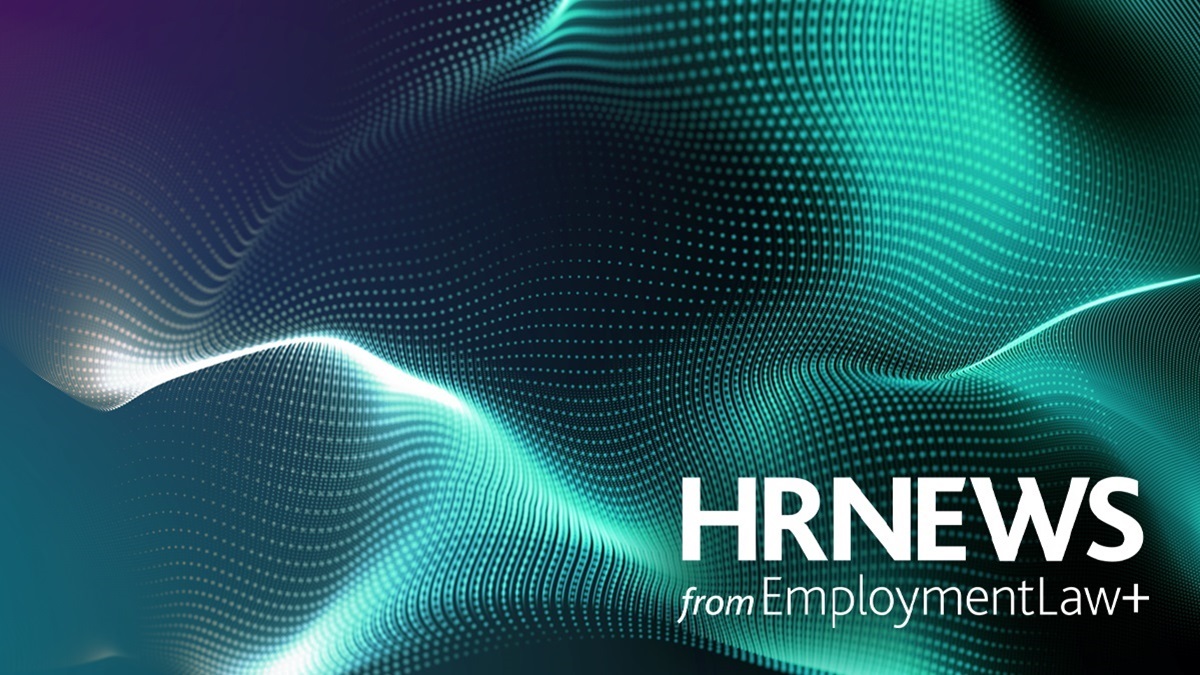Can you use artificial intelligence to recruit and dismiss staff? What does the law say? What does HR need to know about decisions made with the help of AI systems? We will look at that.
You may have seen the recent headlines around the Estee Lauder case which illustrates the risks of using AI in the workplace. People Management covered the story explaining how the cosmetics company reached an out-of-court settlement with three make-up artists who were dismissed after being asked to take a video interview that was assessed by an algorithm. The women, who worked for Estée Lauder subsidiary MAC, were told they were being made redundant, partly on the basis of an automated judgment by a computer. The case was featured in the BBC documentary ‘Computer Says No’ which was broadcast last month – it’s still available on iPlayer and is worth watching if you’ve not seen it. The clear message is HR teams need to be alive to the unintended consequences of any automated systems they use and the importance of maintaining a human element during the decision-making process.
The decisions made in that case came after a data gathering exercise by the company which, of course, triggers a number of data protection obligations. The ICO is actively warning employers about the data risks that AI throws up and their guidance reminds HR professionals about the importance of communicating with staff, so they know, in clear terms, how the technology is being used and how it affects them – a very important point.
So, let’s consider that. Aisleen Pugh is a data protection specialist who joined me by video-link to discuss it:
Aisleen Pugh: “Fairness is important because we know that, unfortunately, AI systems can produce unfair or discriminatory effects, sometimes in ways that are unintended or unexpected. The ICO says that in order to process personal data fairly the personal data needs to be processed in a way that would be reasonably expected to data subjects, and not in any way that would cause unjustified adverse effects on them. So, in an HR context you can think of dismissal decisions, for example, that could lead to unfair consequences and a breach of the data protection legislation. Now, transparency is a fundamental requirement of the data protection legislation, and it is particularly tricky in using AI systems because they're an emerging technology and they rely on very complex processes that are difficult to explain in simple terms. Now, the ICO recognises this, and it refers to the concept of ‘explainability’ because, of course, data subjects have a right to be informed about the use of their personal data and it is challenging to explain, in simple terms, what these systems do and the output that they achieve. One thing that we've seen some of our employee employer clients doing is producing so called AI explainability statements and those supplement standard staff privacy notices to explain the workflows, and the processes, followed by AI systems to help people understand them. Now, of course, one of the advantages of being transparent about your use of AI systems with your employees is that it can help to foster trust in the use of those systems rather than distrust and that's an issue that the unions are particularly hot on at the moment.”
Joe Glavina: “In your Outlaw article, Aisleen, you talk about the ethical considerations, and the use of AI Impact Assessments. Can you explain what you mean by that?”
Aisleen Pugh: “Yes, so again, these AI systems are emerging technologies and the use of them has been identified to be particularly high risk and there are ethical considerations around the use of AI systems in an HR context to ensure that people are being treated fairly, they understand how they're being impacted by the use of these AI systems and these AI Impact Assessments can be used to supplement other risk assessments. So, perhaps, an equality impact assessment to understand and mitigate any discrimination risks associated with the use of AI systems. Perhaps, also, a data privacy impact assessment. The ICOs view is that the use of AI systems will inevitably involve a high risk to the rights and freedoms of individuals which means that a DPIA is also mandatory. Those things can be used, again, to sort of do a comprehensive assessment of the fairness, appropriateness and ethical use of AI systems in an HR context.”
Joe Glavina: “So what is your message to HR, Aisleen?”
Aisleen Pugh: “So my message to HR on transparency and clear communication about the use of AI systems is that it's something that will require some thought. We've seen examples of enforcement action, by, for example, the Italian regulator against Foodinho and Deliveroo for a lack of transparency in their use of algorithms in managing their riders and so it really is crucial to get that right. It doesn't have to be a perfect scientific explanation, but it has to be done in a way that is easily understandable to employees and, indeed, to their workplace representatives, for example, the trade unions who really are focusing on the use of AI systems and the importance of transparency and, indeed, what they perceive to be shortcomings in the data protection legislation in that regard.”
Joe Glavina: “It’s interesting you mention involving the trade unions. So, you’re saying communicate with both staff and the trade union reps?”
Aisleen Pugh: “So I think, you know, there's a balance to be struck here but inevitably the use of AI systems is something that you are going to want to clearly communicate to your workforce in accordance with your obligations under the data protection legislation but also, from an employee relations perspective, it's going to be really important that people understand how they're used and trust their use by their employers and the unions will play a key part in that. So, I would expect as part of any sort of communication and information strategy that the unions are involved and feel that they play a part in that journey too.”
Aisleen has written in detail about AI in the workplace and the importance of HR understanding how the technology works and its impact on decision-making. That is: ‘Artificial intelligence in the workplace: implications for HR professionals’ and it is available from the Outlaw website.
Out-Law / Your Daily Need-To-Know
Aisleen Pugh tells HRNews about how to ensure fairness when using artificial intelligence to make decisions in the workplace

-
Transcript
